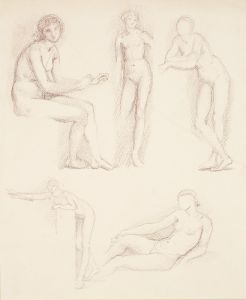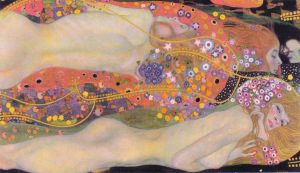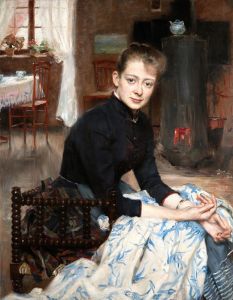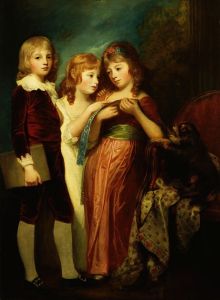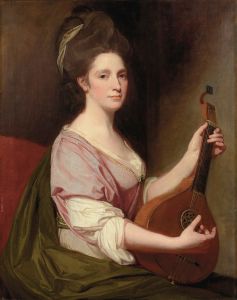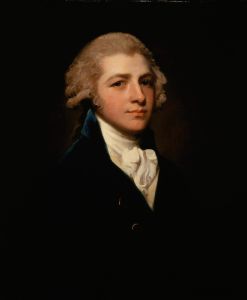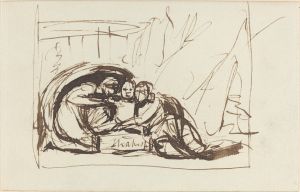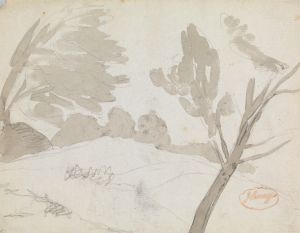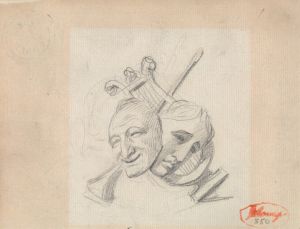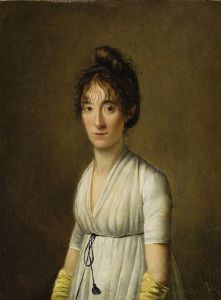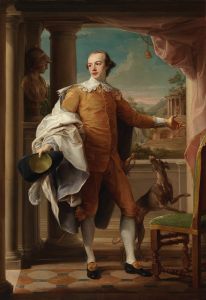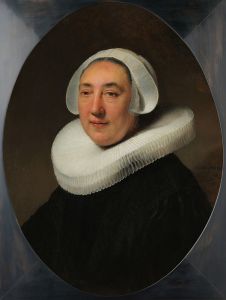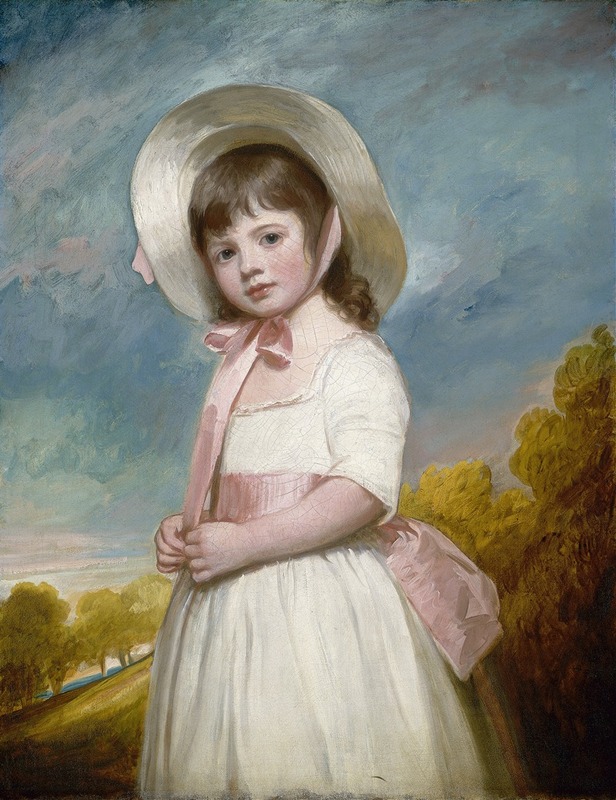
Miss Juliana Willoughby
A hand-painted replica of George Romney’s masterpiece Miss Juliana Willoughby, meticulously crafted by professional artists to capture the true essence of the original. Each piece is created with museum-quality canvas and rare mineral pigments, carefully painted by experienced artists with delicate brushstrokes and rich, layered colors to perfectly recreate the texture of the original artwork. Unlike machine-printed reproductions, this hand-painted version brings the painting to life, infused with the artist’s emotions and skill in every stroke. Whether for personal collection or home decoration, it instantly elevates the artistic atmosphere of any space.
George Romney was a prominent English portrait painter in the late 18th century, known for his vivid and graceful depictions of the British elite. Among his many works is the portrait titled "Miss Juliana Willoughby." This painting exemplifies Romney's skill in capturing the elegance and poise of his sitters, a hallmark of his artistic style.
George Romney was born in 1734 in Dalton-in-Furness, Lancashire, England. He rose to prominence in the London art scene during the 1770s and 1780s, a period when portrait painting was highly sought after by the British aristocracy and gentry. Romney's portraits are characterized by their refined elegance, attention to detail, and the ability to convey the personality and status of the sitter.
"Miss Juliana Willoughby" is a portrait that reflects the societal norms and aesthetic preferences of the late 18th century. The painting portrays Juliana Willoughby, a member of the British upper class, and is a testament to Romney's ability to capture the grace and sophistication of his subjects. The exact date of the painting is not specified, but it is consistent with Romney's active years as a portraitist.
In this portrait, Romney employs a soft color palette and delicate brushwork, which are typical of his style. The composition is carefully balanced, with the sitter often depicted in a natural pose that suggests both confidence and approachability. Romney's use of light and shadow adds depth to the portrait, enhancing the three-dimensionality of the figure and creating a lifelike representation.
Romney's portraits, including that of Miss Juliana Willoughby, were highly regarded for their ability to capture the essence of the sitter while adhering to the aesthetic ideals of the time. His work was influenced by the neoclassical movement, which emphasized simplicity, harmony, and proportion. This influence is evident in the graceful lines and understated elegance of his portraits.
The identity of Juliana Willoughby and her background are not extensively documented in historical records, which is not uncommon for many portrait subjects of the era. However, her inclusion in Romney's body of work suggests that she was a person of some social standing, as Romney's clientele typically consisted of individuals from the upper echelons of society.
George Romney's contribution to the art world extends beyond his individual portraits. He was part of a larger movement of British portrait painters who helped define the visual culture of the Georgian era. His contemporaries included Sir Joshua Reynolds and Thomas Gainsborough, both of whom also left a significant mark on the art of portraiture.
Romney's legacy is preserved in the numerous portraits he created, many of which are housed in prestigious art collections and museums around the world. His work continues to be studied and appreciated for its artistic merit and its reflection of the social and cultural milieu of 18th-century Britain.
In summary, "Miss Juliana Willoughby" by George Romney is a fine example of 18th-century British portraiture, showcasing the artist's skill in capturing the elegance and character of his subjects. While specific details about Juliana Willoughby herself may be limited, the portrait remains a valuable piece of art history, illustrating the style and sensibilities of its time.





